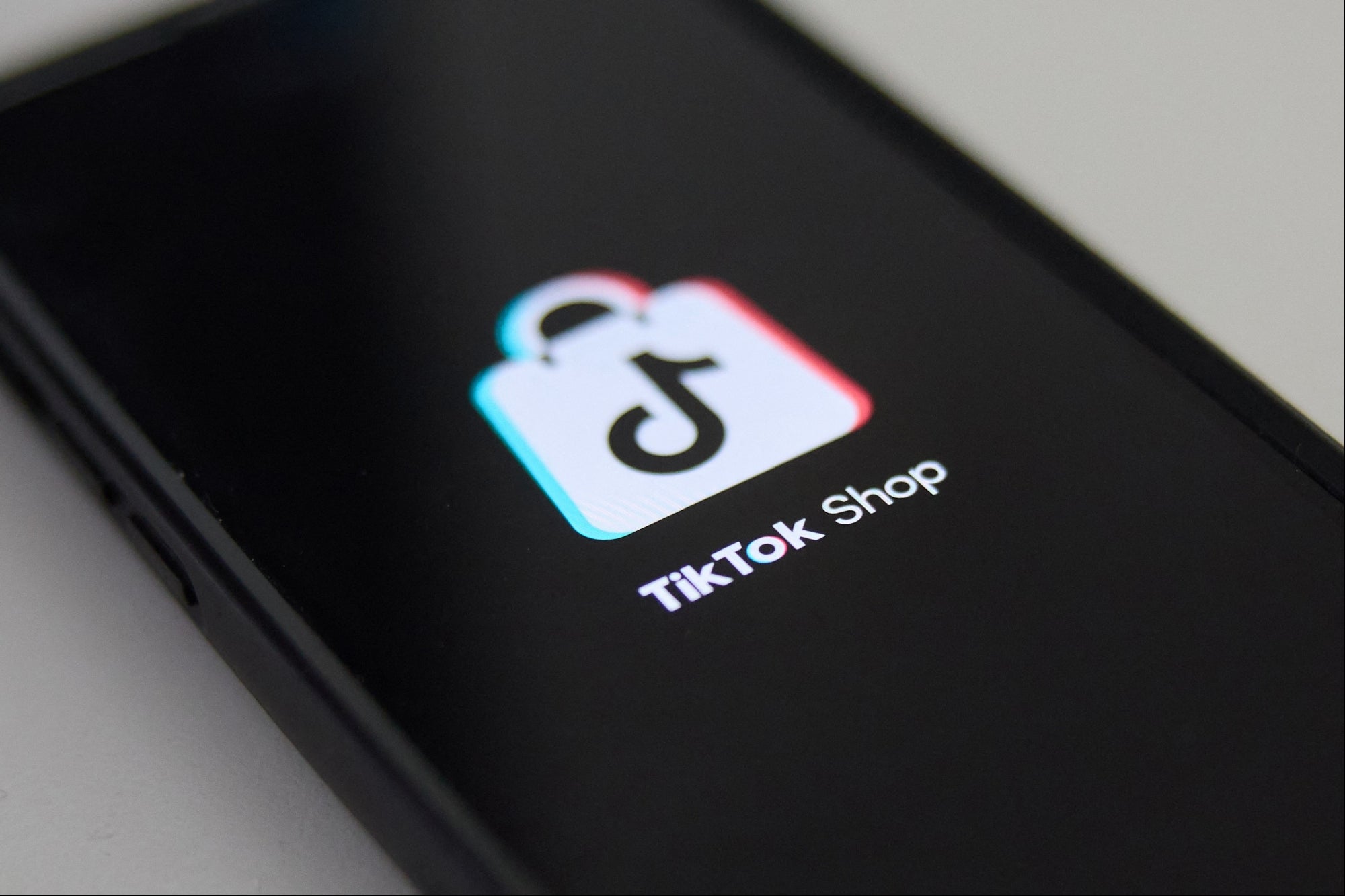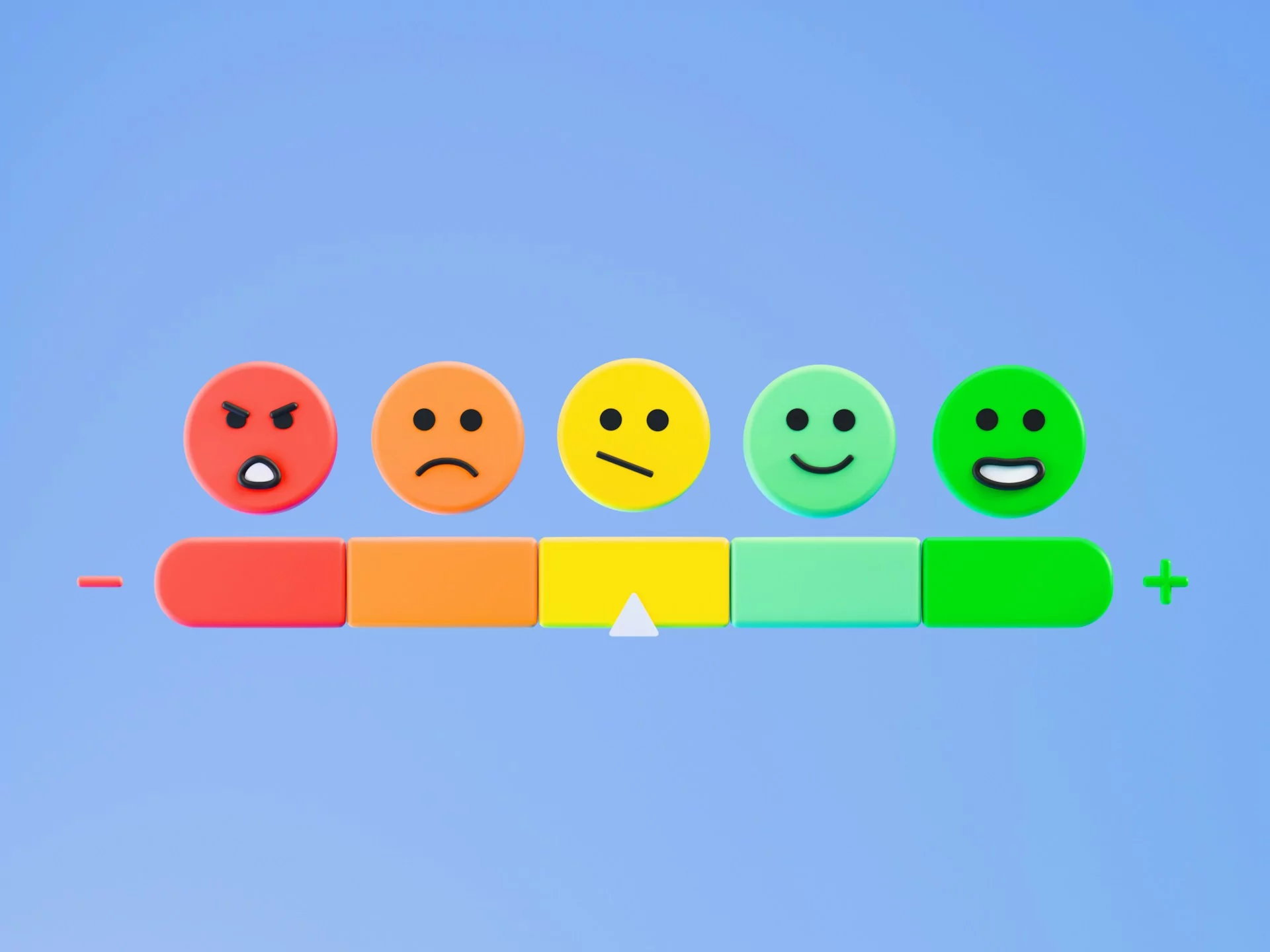
Posted by Mayank Jain – Product Manager, Android Studio

Android Studio continues to advance Android development by empowering developers to build better app experiences, faster. Our focus has been on improving AI-driven functionality with Gemini, streamlining UI creation and testing, and helping you future-proof apps for the evolving Android ecosystem. These innovations accelerate development cycles, improve app quality, and help you stay ahead in the fast-paced world of mobile development.
You can check out the What’s new in Android Developer Tools session at Google I/O 2025 to see some of the new features in action or better yet, try them out yourself by downloading Android Studio Narwhal Feature Drop (2025.2.1) in the preview release channel. Here’s a look at our latest developments:
Get the latest Gemini 2.5 Pro model in Android Studio
The power of artificial intelligence through Gemini is now deeply integrated into Android Studio, helping you at all stages of Android app development. Now with access to Gemini 2.5 Pro, we’re continuing to look for new ways to use AI to supercharge Android development — and help you build better app experiences, faster.
Journeys for Android Studio
We’re also introducing agentic AI with Gemini in Android Studio.Testing your app is now much easier when you create journeys – just describe the actions and assertions in natural language for the user journeys you want to test, and Gemini performs the tests for you. Creating journeys lets you test your app’s critical user journeys across various devices without writing extensive code. You can then run these tests on local physical or virtual Android devices to validate that the test worked as intended by reviewing detailed results directly within the IDE. Although the feature is experimental, the goal is to increase the speed that you can ship high-quality code, while significantly reducing the amount of time you spend manually testing, validating, or reproducing issues.
Journeys for Android Studio uses Gemini to test your app.
https://www.youtube.com/watch?v=mP1tlIKK0R4
Suggested fixes for crashes with Gemini
The App Quality Insights panel has a great new feature. The crash insights now analyzes your app’s source code referenced from the crash, and not only offers a comprehensive analysis and explanation of the crash, in some cases it even offers a source fix! With just a few clicks, you are able to review the changes, accept the code suggestions, and push the changes to your source control. Now you can determine the root cause of a crash and fix it much faster!
Crash analysis with Gemini
AI features in Studio Labs (stable releases only)
We’ve heard feedback that developers want to access AI features in stable channels as soon as possible. You can now discover and try out the latest AI experimental features through the Studio Labs menu in the Settings menu starting with Narwhal stable release. You can get a first look at AI experiments, share your feedback, and help us bring them into the IDE you use everyday. Go to the Studio Labs tab in Settings and enable the features you would like to start using. These AI features are automatically enabled in canary releases and no action is required.
AI features in Studio Labs
-
Compose preview generation with Gemini
Gemini can automatically generate Jetpack Compose preview code saving you time and effort. You can access this feature by right-clicking within a composable and navigating to Gemini > Generate Compose Preview or Generate Compose Preview for this file, or by clicking the link in an empty preview panel. The generated preview code is presented in a diff view that enables you to quickly accept, edit, or reject the suggestions, providing a faster way to visualize your composables.
Compose Preview generation with Gemini
-
Transform UI with Gemini
You can now transform UI code within the Compose Preview environment using natural language directly in the preview. To use it, right click in the Compose Preview and select “Transform UI With Gemini”. Then enter your natural language requests, such as “Center align these buttons,” to guide Gemini in adjusting your layout or styling, or select specific UI elements in the preview for better context. Gemini will then edit your Compose UI code in place, which you can review and approve, speeding up the UI development workflow.
Transform UI with Gemini
-
Image attachment in Gemini
You can now attach image files and provide additional information along with your prompt. For example: you can attach UI mock-ups or screenshots to tell Gemini context about your app’s layout. Consequently, Gemini can generate Compose code based on a provided image, or explain the composables and data flow of a UI screenshot.
Image attachment and preview generation via Gemini in Android Studio
-
@File context in Gemini
You can now attach your project files as context in chat interactions with Gemini in Android Studio. This lets you quickly reference files in your prompts for Gemini. In the Gemini chat input, type @ to bring up a file completion menu and select files to attach. You can also click the Context drop-down to see which files were automatically attached by Gemini. This gives you more control over the context sent to Gemini.
@File context in Gemini
Rules in Prompt Library
Rules in Gemini let you define preferred coding styles or output formats within the Prompt Library. You can also mention your preferred tech stack and languages. When you set these preferences once, they are automatically applied to all subsequent prompts sent to Gemini. Rules help the AI understand project standards and preferences for more accurate and tailored code assistance. For example, you can create a rule such as “Always give me concise responses in Kotlin.”
Prompt Library Improvements
Gemini in Android Studio for businesses
Gemini in Android Studio for businesses is now available. It provides all the benefits of Gemini in Android Studio, plus enterprise-grade privacy and security features backed by Google Cloud — giving your team the confidence they need to deploy AI at scale while keeping their data protected.
Developers and admins can unlock these features and benefits by subscribing to Gemini Code Assist Standard or Enterprise editions. Discover the full list of Gemini in Android for business features available for your organization.
Improved tools for creating great user experiences
Elevate your Compose UI development with the latest Android Studio enhancements.
Compose preview improvements
Compose preview interaction is now more efficient with the latest navigation improvements. Click on the preview name to jump to the preview definition or click the individual component to jump to the function where it’s defined. Hover states provide immediate visual feedback as you mouse over a preview frame. Improved keyboard arrow navigation eases movement through multiple previews, enabling faster UI iteration and refinement. Additionally, the Compose preview picker is now also available in the stable release.
Compose preview navigation improvements
Compose preview picker
Resizable Previews
While in Compose Preview’s focus mode in Android Studio, you can now resize the preview window by dragging its edges. This gives you instant visual feedback on how your UI adapts to different screen sizes, ensuring responsiveness and visual consistency. This rapid iteration helps create UIs that look great on any Android device.
Resizable Preview
Embedded Android XR Emulator
The Android XR Emulator now launches by default in the embedded state. You can now deploy your application, navigate the 3D space and use the Layout Inspector directly inside Android Studio, streamlining your development flow.
Embedded XR Emulator
Improved tools for future-proofing and testing your Android apps
We’ve enhanced some of your favorite features so that you can test more confidently, future-proof your apps, and ensure app compatibility across a wide range of devices and Android versions.
Streamlined testing with Backup and Restore support
Android Studio offers built-in Backup and Restore support by letting you trigger app backups on connected devices directly from the Running Devices window. You can also configure your Run/Debug settings to automatically restore from a previous backup when launching your app. This simplifies the process of validating your app’s Backup and Restore implementation and speeds up development by reducing manual setup for testing.
Streamlined testing with Backup and Restore support
Android’s transition to 16 KB Page Size
The underlying architecture of Android is evolving, and a key step forward is the transition to 16 KB page sizes. This fundamental change requires all Android apps with native code or dependencies to be recompiled for compatibility. To help you navigate this transition smoothly, Android Studio now offers proactive warnings when building APKs or Android App Bundles that are incompatible with 16 KB devices. Using the APK Analyzer, you can also find out which libraries are incompatible with 16 KB devices. To test your apps in this new environment, a dedicated 16 KB emulator target is also available in Android Studio alongside existing 4 KB images.
Android’s transition to 16 KB page size
Backup and Sync your Studio settings
When you sign in with your Google account or a JetBrains account in Android Studio, you can now sync your customizations and preferences across all installs and restore preferences automatically on remote Android Studio instances. Simply select “Enable Backup and Sync” while you’re logging in to Android Studio, or from the Settings > Backup and Sync page, and follow the prompts.
Backup and Sync your Studio settings
Increasing developer productivity with Android’s Kotlin Multiplatform improvements
Kotlin Multiplatform (KMP) enables teams to reach new audiences across Android and iOS with less development time. Usage has been growing in the developer community, with apps such as Google Docs now using it in production. We’ve released new Android Studio KMP project templates, updated Jetpack libraries and new codelabs (Get Started with KMP and Migrate Existing Apps to Room KMP) to help developers who are looking to get started with KMP.
Experimental and features that are coming soon to Android Studio
Android Studio Cloud (experimental)
Android Studio Cloud is now available as an experimental public preview, accessible through Firebase Studio. This service streams a Linux virtual machine running Android Studio directly to your web browser, enabling Android application development from anywhere with an internet connection. Get started quickly with dedicated workspaces featuring pre-downloaded Android SDK components. Explore sample projects or seamlessly access your existing Android app projects from GitHub without a local installation. Please note that Android Studio Cloud is currently in an experimental phase. Features and capabilities are subject to significant change, and users may encounter known limitations.
Version Upgrade Agent (coming soon)
The Version Upgrade Agent, as part of Gemini in Android Studio, is designed to save you time and effort by automating your dependency upgrades. It intelligently analyzes your Android project, parses the release notes for included libraries, and proposes updates directly from your libs.versions.toml file or the refactoring menu (right-click > Refactor > Update dependencies). The agent automatically updates dependencies to the latest compatible version, builds the project, fixes any errors, and repeats until all errors are fixed. Once the dependencies are upgraded, the agent generates a report showing the changes it made, as well as a high level summary highlighting the changes included in the updated libraries.
Version Upgrade Agent
https://www.youtube.com/watch?v=ubyPjBesW-8
Agent Mode (coming soon)
Agent Mode is a new autonomous AI feature using Gemini, designed to handle complex, multi-stage development tasks that go beyond typical AI assistant capabilities, invoking multiple tools to accomplish tasks on your behalf.
You can describe a complex goal, like integrating a new API, and the agent will formulate an execution plan that spans across files in your project — adding necessary dependencies, editing files, and iteratively fixing bugs. This feature aims to empower all developers to tackle intricate challenges and accelerate the building and prototyping process. You can access it via the Gemini chat window in Android Studio.
Agent Mode
Play Policy Insights beta in Android Studio (coming soon)
Android Studio now includes richer insights and guidance on Google Play policies that might impact your app. This information, available as lint checks, helps you build safer apps from the start, preventing issues that could disrupt your launch process and cost more time and resources to fix later on. These lint checks will present an overview of the policy, do and don’ts, and links to Play policy pages where you can find more information about the policy.
Play Policy Insights beta in Android Studio
IntelliJ Platform Update (2025.1)
Here are some important IDE improvements in the IntelliJ IDEA 2025.1 platform release
- Kotlin K2 mode: Android Studio now supports Kotlin K2 mode in Android-specific features requiring language support such as Live Edit, Compose Preview and many more
- Improved dependency resolution in Kotlin build scripts: Makes your Kotlin build scripts for Android projects more stable and predictable
- Hints about code alterations by Kotlin compiler plugins: Gives you clearer insights into how plugins used in Android development modify your Kotlin code
- Automatic download of library sources for Gradle projects: Simplifies debugging and understanding your Android project dependencies by providing immediate access to their source code
- Support for Gradle Daemon toolchains: Helps prevent potential JVM errors during your Android project builds and ensures smoother synchronization
- Automatic plugin updates: Keeps your Android development tools within IntelliJ IDEA up-to-date effortlessly
To Summarize
Android Studio Narwhal Feature Drop (2025.2.1) is now available in the Android Studio canary channel with some amazing features to help your Android development
AI-powered development tools for Android
- Journeys for Android Studio: Validate app flows easily using tests and assertions in natural language
- Suggested fixes for crashes with Gemini: Determine the root cause of a crash and fix it much faster with Gemini
- AI features in Studio Labs
- Compose preview generation with Gemini: Generate Compose previews with Gemini’s code suggestions
- Transform UI with Gemini: Transform UI in Compose Preview with natural language, speeding development
- Image attachment in Gemini: Attach images to Gemini for context-aware code generation
- @File context in Gemini: Reference project files in Gemini chats for quick AI prompts
- Rules in Prompt Library: Define preferred coding styles or output formats within the Prompt Library
Improved tools for creating great user experiences
- Compose preview improvements: Navigate the Compose Preview using clickable names and components
- Resizable preview: Instantly see how your Compose UI adapts to different screen sizes
- Embedded XR Emulator: XR Emulator now launches by default in the embedded state
Improved tools for future-proofing and testing your Android apps
- Streamlined testing with Backup and Restore support: Effortless app testing, trigger backups, auto-restore for faster validation
- Android’s transition to 16 KB Page Size: Prepare for Android’s 16KB page size with Studio’s early warnings and testing
- Backup and Sync your Studio settings: Sync Android Studio settings across devices and restore automatically for convenience
- Increasing developer productivity with Android’s Kotlin Multiplatform improvements: simplified cross-platform Android and iOS development with new tools
Experimental and features that are coming soon to Android Studio
- Android Studio Cloud (experimental): Develop Android apps from any browser with just an internet connection
- Version Upgrade Agent (coming soon): Automated dependency updates save time and effort, ensuring projects stay current
- Agent Mode (coming soon): Empowering developers to tackle multistage complex tasks that go beyond typical AI assistant capabilities
- Play Policy Insights beta in Android Studio (coming soon): Insights and guidance on Google Play policies that might impact your app
How to get started
Ready to try the exciting new features in Android Studio?
You can download the canary version of Android Studio Narwhal Feature Drop (2025.1.2) today to incorporate these new features into your workflow or try the latest AI features using Studio Labs in the stable version of Android Studio Meerkat. You can also install them side by side by following these instructions.
As always, your feedback is important to us – check known issues, report bugs, suggest improvements, and be part of our vibrant community on LinkedIn Medium, YouTube, or X. Let’s build the future of Android apps together!
Explore this announcement and all Google I/O 2025 updates on io.google starting May 22.
























.png)




















